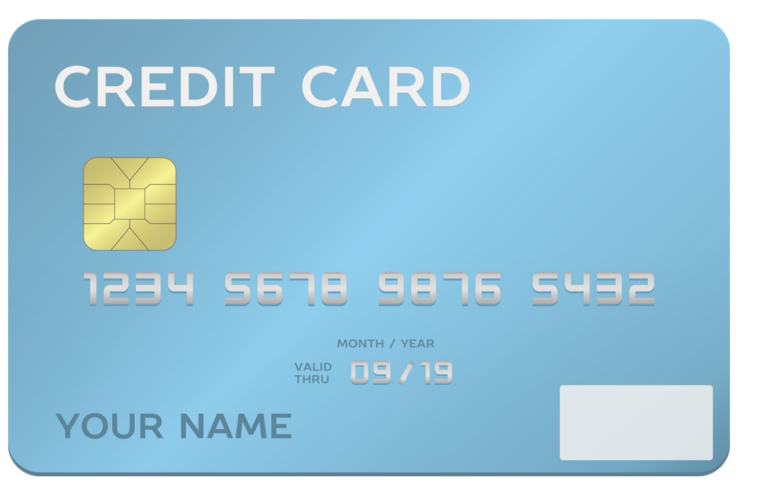What to Look for When Choosing a Credit Card: 3 Important Tips
Image source: Pixabay
Choosing the right credit card isn’t just about picking from the many options available; it’s about finding the one that aligns with your financial goals and lifestyle.
Reflecting on what you aim to achieve with your card—be it building credit, earning rewards, or managing debt—is important.
Each card serves different needs, from facilitating large purchases with low interest to rewarding spending habits. This guide will offer clear, straightforward advice to help you make an informed choice that best suits your needs.
Understand Your Credit Score, Interest Rates and APRs
Your credit score is like a financial passport; higher scores open doors to premium credit cards with better rates and rewards.
There are free tools available to check your score without impacting it. Knowing where you stand before applying for a credit card is essential, as applying for one out of your score’s league can lead to rejections, affecting your score negatively.
When you use a credit card, you borrow money from the bank to pay for your purchases, and the interest rate is the cost you pay to borrow that money, usually expressed as a yearly rate.
The Annual Percentage Rate, or APR, includes the interest rate and any other charges or fees the card has, giving you a complete picture of the cost of borrowing.
You won’t be charged interest if you pay off your full balance each month. But if you carry a balance, the APR affects how much extra you’ll pay on top of what you borrowed.
Lower APRs mean lower costs for carrying a balance, so be wary of cards with low introductory rates that spike after the initial period.
Determine Your Financial Goals and Credit Card Use
Credit Building Card
Credit-building cards offer a beacon of hope for those at the financial helm for the first time or looking to repair a bad credit history.
This type of credit card is easy to qualify for and has three popular types: student credit cards, secured cards, and unsecured credit-building cards.
Student credit cards are designed for students to build a credit history since, before then, they will most likely not have one. The card has perks like cash-back rewards but has a low credit limit and high APRs.
The only difference between a secured card and an unsecured card is that secured cards require a deposit that serves as a credit limit and is refundable on the closure of the account, while unsecured cards do not have any security deposit.
Balance Transfer Credit Card
This card is perfect for people who want to pay off their credit card debt.
The balance transfer card offers an initial 0% APR, which can significantly reduce the financial strain by stopping the interest accumulation for a set period.
It will be best to set up a payment plan ahead of the end of the stoppage as the standard APR charges will continue for the remaining debt.
A tip will be to choose a card with a lengthy no-interest period, ideally between 15-21 months. This will give more time to manage and reduce the debt more efficiently.
Low-interest Credit Card
The low-interest credit card is a good fit for people who want to spread out payments for significant expenses while keeping interest costs low.
Low-interest credit cards are available in two primary forms: those with a consistently low APR and those offering a 0% introductory rate on purchases, which is ideal for huge payments that need to be repaid gradually. The regular APR applies after the promotional period, which is typically 12 to 21 months.
Rewards Credit Card
Rewards credit cards are ideal for those with strong credit and aim to maximize their spending. They offer various benefits, including cash back, points, or miles for every dollar spent.
Cash-back cards return a percentage of purchases as cash, while points cards allow you to rake up points as you spend. You can redeem the points towards cash, merch, or travel.
Miles cards are perfect for frequent travelers. The cards pile up airline miles the more you spend. The miles can be redeemed for flights, but usually only with a particular airline brand or through the card issuer’s travel portal.
The return on spending varies by card, with some offering up to 5% back on certain categories and others providing a consistent rate on all purchases. Therefore, it is essential to choose based on your spending habits and preferences.
Credit Card Recommendations Outside the USA
When choosing a credit card for international use, including for users in Mexico, conducting thorough credit card comparisons to find the best out there is crucial. A great starting point for this comparison is exploring options through Crédito, which offers insights into various cards suited for international spending.
Look for cards issued by global banks with a wide acceptance network, like Visa or Mastercard. Prioritize cards that offer rewards on international spending, no foreign transaction fees, and additional perks like travel insurance or airport lounge access.
It’s also beneficial to consider the exchange rate policies of the card issuer to ensure competitive rates during transactions.
Remember to review the card’s terms and conditions to understand any applicable fees and rewards structure when used abroad.

